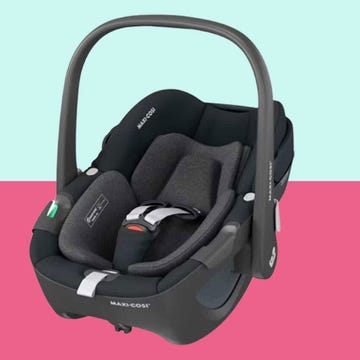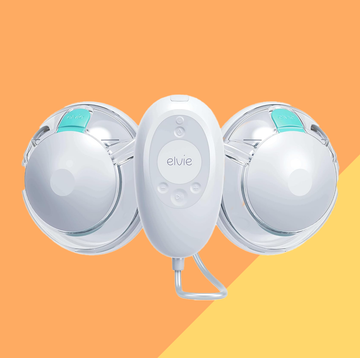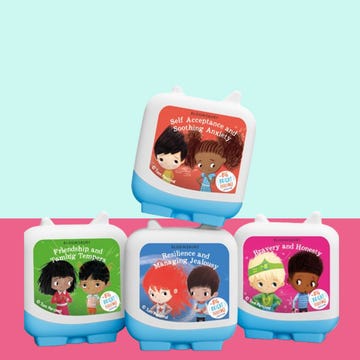We earn a commission for products purchased through some links in this article.
12 best baby carriers and slings to keep them close, tested by parents and experts
They help babies feel calm and comforted

In our continual quest to find the best parenting products to make your life easier, our experts have tested the best baby carriers, slings and backpack carriers for your little one, to help keep them close and take them places the pushchair just won’t go.
For more baby-related product reviews you can trust, check out our Tried and Tested roundups: Best disposable nappies | Best baby wipes | Best baby bouncers | Best pushchairs | Best cots
As a new parent, you soon get used to doing things with one hand and holding your baby in the other. Babies just love to be close, and most parents will do anything to keep the peace. Enter: the baby carrier. I wore my beloved leopard print Artipoppe continuously! Around the house, to pop to the shops, on public transport, and even to free up the buggy for my tired toddler – making it my most used parenting purchase ever.
Before committing, here's everything you need to consider, to ensure you buy the best baby carrier for you and your little one.
What is a baby carrier?
A carrier is a handy accessory that allows you to carry your baby safely on your front, back or hip while keeping your hands free.
Baby carriers, wraps and slings have existed in some form for millennia, and the benefits of baby-wearing (aside from the practical) are extensive. Close contact helps to promote bonding, is said to improve your child’s development, and can even provide comfort for colicky babies.
What types of baby carriers are there?
The term is often used interchangeably but there are several types of carriers to consider.
Upright baby carrier – as the name suggests, this holds your baby upright, usually on your front in the early months, but some can also be used on your back or hip.
Sling – this is usually a wide piece of fabric that's joined to create a loop. It may be adjustable using rings or buckles.
Wrap – like the sling, this is usually a long stretchy piece of fabric that's tied around the parent and baby. Both can be folded up, making them conveniently compact. Wraps are usually adaptable to carry your baby in several positions.
Backpack carrier – created with the same technology as a rucksack, these use a lightweight metal frame to make them sturdy and long lasting, plus a fabric carrier for your baby. They will usually have a belt that sits on your hips and well-padded shoulder straps, plus a chest buckle designed to spread your baby’s weight across your torso, lessening the pressure on your shoulder. They're usually suitable from around six months, up to two or three years.
What to look for when buying a baby carrier
A carrier is a very useful item, and a great way to keep baby close to you in the very earliest days. It will help your baby feel calm and comforted and will remind them of their time in your womb. It’s also incredibly useful if you have a baby who is finding it hard to settle on their own in a crib, as you can wear your baby around the house as well as out of it.
Try it on for size. Wearing your baby is a very personal thing and you may find one carrier is super comfortable while another doesn’t work for you. If possible, try on several before deciding. Ask your retailer to help you, try them out in the store, or visit a sling library if there is one near you.
More than one wearer? Are you and a partner, carer, or grandparent, all planning to baby wear? If so, look for one that can be easily adjusted for each of your shapes and sizes.
Always adjust it to fit. Before wearing it, adjust the straps to fit the parent or carer. Does it fit well, support your back and shoulders, not cut in, not give you neck strain or shoulder pain, and spread the baby’s weight evenly across your torso?
Fit it to the baby’s size and then continually assess. Your carrier will frequently need to be adjusted to safely support their little head and body. Ensure they’re supported by the headrest, both while asleep and awake, with enough length for the back and large enough openings for arms and legs.
Never have your baby facing out when asleep and if you feel as if you must support your baby’s head with your hand, your carrier needs adjusting.
How to wear a baby carrier
Baby carriers are capable of being used in several positions, including:
Parent-facing: This is best for very young babies and when they're tired or sleeping.
Front-facing: Your baby's neck will need to be strong enough to support itself before facing the world (normally from around four months onwards). This can help them learn how to hold their head up unaided and keep them stimulated by what’s going on.
On the parent’s back, facing the parent: This is a good position to carry older, heavier babies. Suitable from six to nine months up.
On the parent’s hip, facing them: This can also help you carry a bigger child and it’s easier to interact in this position. Suitable from five to six months up.
Baby carrier safety
The Royal Society for the Prevention of Accidents (ROSPA), advises the TICKS rules for carrying your baby safely.
T – Tight. Your baby should be held to you snugly inside their carrier
I – In view at all times
C – Close enough for you to kiss their forehead
K – Keep your baby’s chin off the chest, to prevent airway blockage
S – Support your baby’s back
Hip Healthy – all the carriers featured here adhere to the guidelines provided by the International Hip Dysplasia Institute. This means they are “hip healthy” and will keep your baby’s legs and hips in the best possible position for development.
How we test baby carriers
In the Good Housekeeping Institute lab, our expert starts by checking if the instructions are clear and easy to use, with relevant information on safe baby-wearing provided.
Carriers were stained with three different foods and then spot cleaned and machine washed to see how they hold up. Our expert was also assessing the fabric to ensure the product was strong and durable, yet light enough to avoid overheating.
Each was adjusted to ensure it was size-appropriate for a variety of parents and babies, ensuring any padding was sufficient, and clips and buckles were easy to reach.
We also send each carrier out to parents to use at home for a few weeks to see how they fare in the real world. They give feedback on design, ease of use, manoeuvrability and quality of instructions.
Read on for our pick of the best baby carriers.

Stacey looks after all food and drink reviews — from coffee pods and veg boxes, to natural wine and tequila. Stacey is also founder of Crummbs, where she’s written nearly 2,000 restaurant and hotel reviews since 2013. Prior to this, Stacey wrote hundreds of in-depth buying guides for the Independent, i newspaper and BBC Good Food, as well as reviewing restaurants and interviewing celebrities in her column at Balance Magazine. Stacey has also appeared in BAFTA-nominated BBC documentary Blood, Sweat & Takeaways, where she investigated South East Asia's food production industry, appearing on both Newsnight and BBC World Service to share her findings. Regularly checking out the latest restaurants, bars and product launches, Stacey also loves experimenting with recipes at home, and is a WSET-certified wine and spirits expert, with over 10 years of experience in the business. You can follow Stacey on Instagram @crummbs_uk
Sally J. Hall is a parenting tester for the GHI, reviewing everything from bedside cribs and pushchairs to nappies. She has written extensively on pregnancy, birth and the health and development of both pregnant mums and their babies. She has in-depth knowledge of the parenting world, has tested thousands of products and is passionate about finding those that make parents’ lives easier.
Sally has worked on many major UK parenting titles and was previously editor of both Emma’s Diary and Bounty. With extensive contacts across the parenting industry, she published B Baby Magazine for eight years, which covered the private maternity market across the UK and is the author of books Plant Based Baby and Eco Baby.


17 best baby sleep aids to buy now
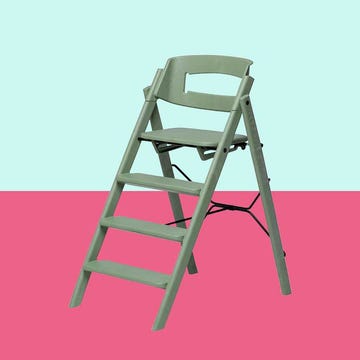
7 best highchairs for happy mealtimes
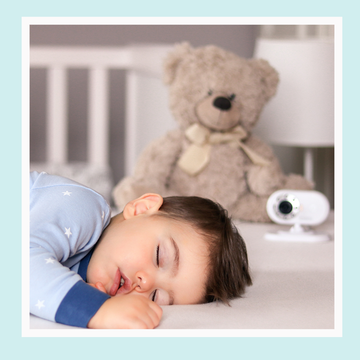
9 best baby monitors to keep an eye on little ones

The best headphones for babies














